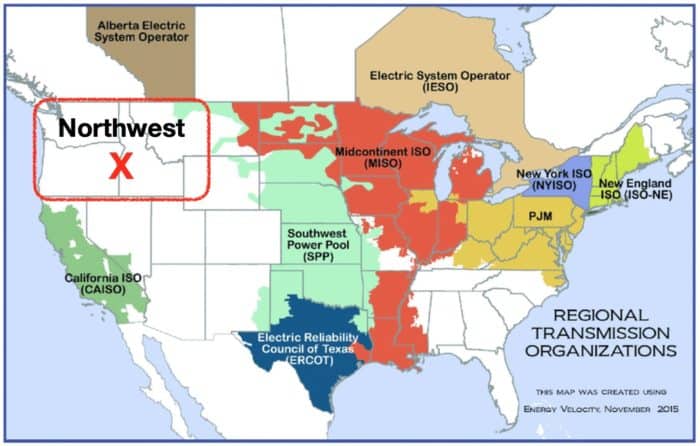What’s using all that energy at home?
Home Energy Demands
According to the U.S. Energy Information Administration, more than half of all energy use in homes on average is used for space heating and air conditioning. Due to this fact, simply turning down your thermostat a few degrees can really affect the amount of energy you use. If you are using a smart thermostat or a thermostat with a timer, try adjusting it to conform to your new “stay at home” habits. Keeping a home comfortable over a longer period of time is more efficient than letting a home get cold and then rapidly heating it. Maintaining a constant temperature is much less energy intensive and therefore more efficient.
Typically the next largest energy use in your home is going to be your hot water heater. Hot water heaters are “always on” devices that continually create heat to keep water at whatever temperature you select. Given that heat is constantly trying to escape a confined space, water heaters will continually use energy to create hot water. Turning the temperature down will help in reducing the amount of energy used in this process. If you have opted to take shorter showers, but haven’t turned down the hot water tank heating level, you are likely not maximizing your potential energy savings.
Following water heaters is another “always on” device that we all have in our homes, refrigerators. Most refrigerators function similar to a water heater, but in the reverse. Instead of constantly using energy to keep something hot, they will constantly use energy to keep something cold using a compressor. Have you ever wondered why you feel warm air coming out of the bottom of the fridge? That’s because refrigerators don’t create cold but rather, they remove heat. Turning the fridge up a few degrees will still manage to keep your food preserved, while reducing the amount of energy required to hold that internal temperature. Also, checking the rubber seals around the door for rips or holes will make sure you aren’t letting any heat into the fridge unnecessarily. With that in mind, limiting the amount of time you spend in front of an open refrigerator door will also help in maintaining its internal temperature. Another neat trick is to always keep a freezer well stocked. The less “open space” inside the freezer the less the compressor will have to work to maintain its temperature. A well-stocked fridge is an efficient fridge! Lastly, now that we are at home more often, maybe it’s time to take a look at the back or bottom of the refrigerator at its “condenser coils.” These coils help dissipate heat by spreading it even across small metal fins. However, if these coils have built up dust or dirt, the efficiency of spreading that heat can be negatively impacted. You don’t have to clean the coils often, just make sure they are free of any build-up. Usually a small bristle brush is enough to keep your coils happy and efficient.
The last item on our list is the one most commonly thought of when thinking about energy, light bulbs. Lighting can be anywhere from 5-15% of our total energy use depending on how often we utilize them, what type of bulbs we use and how much light we need. With summer right around the corner and shorter and shorter nights, we will find ourselves not worrying so much about it being dark at 6:00PM. However, we will be utilizing artificial light more, simply from being home more often. One way to reduce the amount of energy needed to create light, is switching to LED bulbs. They use a fraction of the amount of energy to create the same light. Light is measured in Lumens. A classic 60watt bulb will generally put out about 400 lumens of light. In comparison, an 8 watt LED bulb will also put out about 400 lumens of light, netting you a savings of 52 watts per bulb. Now think about 10 – 25 bulbs through your home. That’s up to 1,300 watts (or 1.3kW) saved in energy. Now let’s say you ran those lights for an hour. That’s 1.3kWh (kilowatt hours) saved. Now multiply that by how many hours you leave your lights on. It starts to add up really quickly. With the same amount of light being produced per bulb you don’t sacrifice any visibility or brightness!
If you have any questions about home energy conservation, please feel free to contact Ryan Palmateer at the San Juan Islands Conservation District by e-mail [email protected] or by Phone 360-378-6621 ext.102



